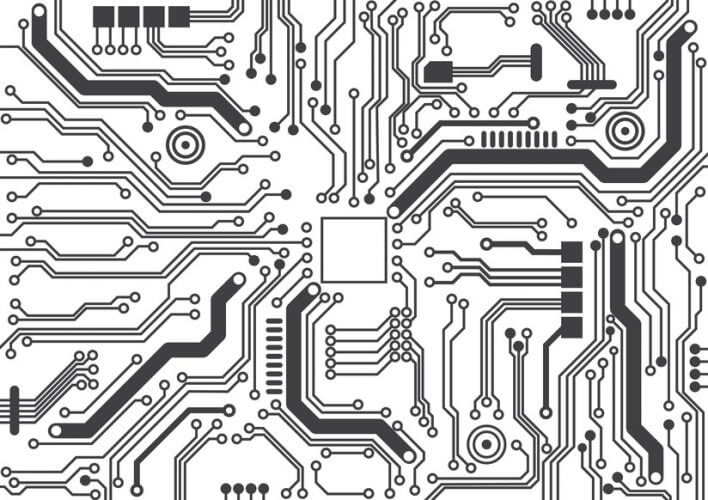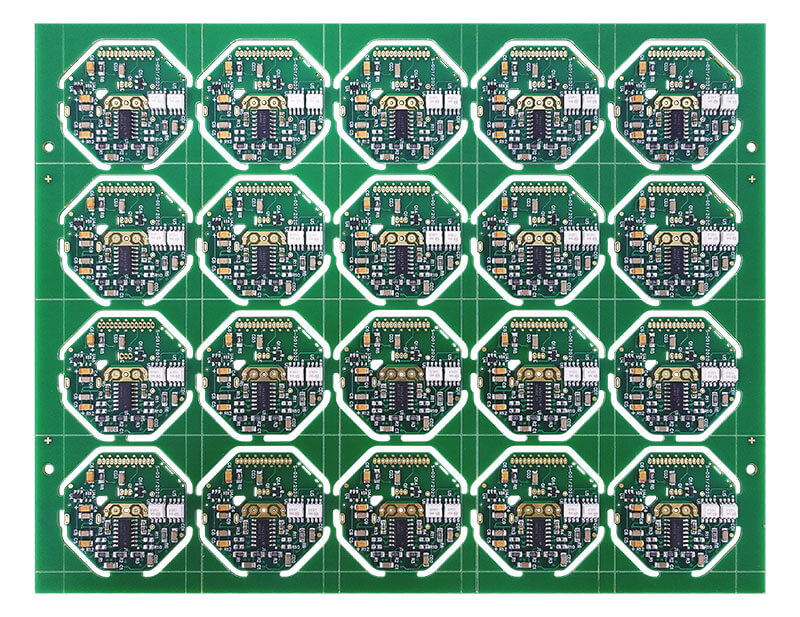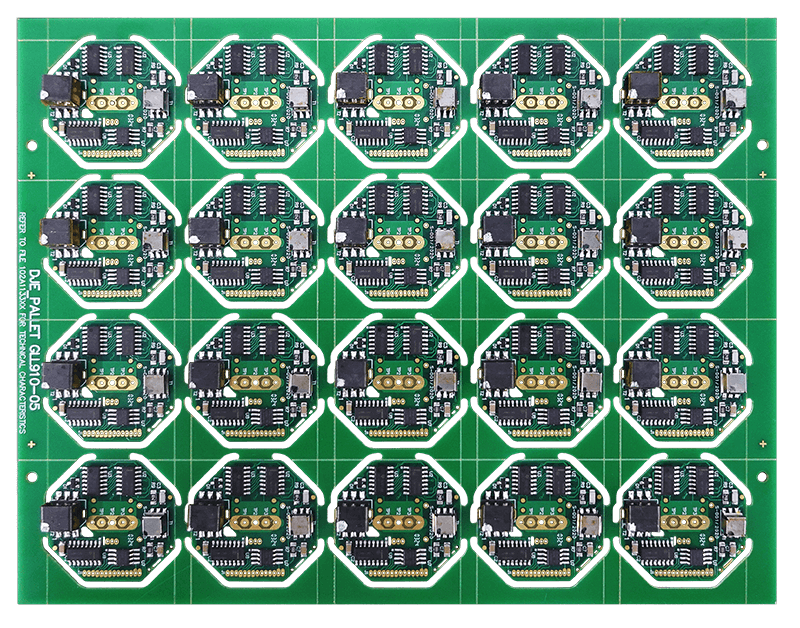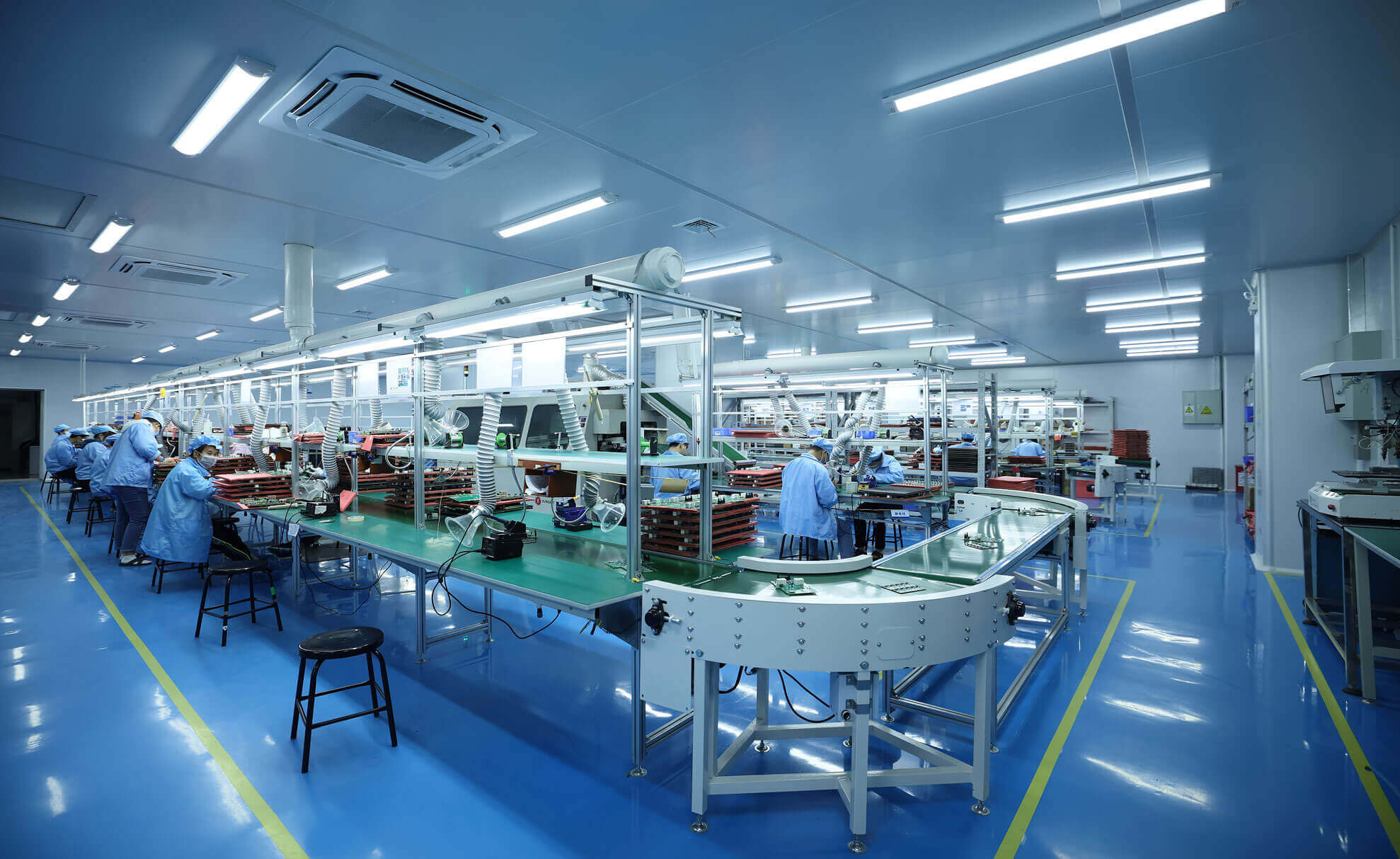Ever wondered how much PCB designing will cost? Worry not; we’ve got you covered. The cost could be something tricky for you to actually figure out, but again, we have your back.
So, this is basically what this article covers, from what the cost includes and what might go about increasing it, hence affecting the cost. So, if you’re ready to learn about the costs of designing PCBs, then come along.
Let’s get started.
PCB Design Cost Overview
Now, when talking about the cost, it is high time that a clear idea should be derived of what one is paying for in a PCB design. In essence, the cost of designing PCB contributes to a huge proportion of the elements that play a part in the expenses in totality.
So let’s discuss these components in a detailed manner.

Composition of PCB Design Costs
To come to a fuller understanding of the PCB design cost, it is really necessary to disintegrate its composition. In general, the cost of the PCB design includes several elements represented by, though not limited to:
· Design Tools and Software: Expenses associated with utilizing specialized software and tools for PCB design.
· Labor Costs: The time and expertise of skilled professionals involved in the design process.
· Material Costs: Expenses related to the procurement of materials required for PCB fabrication.
· Prototype and Testing Costs: The prototype and testing costs include the costs of producing the prototypes and the costs required for functionality tests and reliability tests.
It only comes through when one gets to understand in detail what it involves, as it will give a clear indication of where your budget gets allocated, thus bettering the management strategies put in place.
Factors Affecting PCB Design Cost
Several factors can influence the cost of PCB design.
These include:
· Complexity of Design: Show the complexity of the PCB design with regard to the layers, the number of components to be used, and the routing complexity.
· Timeline and Urgency: Where the design has a timeline that is expedited, the extra implications on cost will be noted due to the increased labor and resource allocation.
· Quality Requirements: Meeting specific quality standards and certifications may impact design costs.
· Vendor Selection: Choose your PCB Manufacturer and Service Provider following their Pricing Structure and Capabilities.
These factors were kept in mind and considered to the extent that effective and efficient cost management will make the process of PCB design very optimized in a very rational manner.
PCB Design Cost Estimation Method
Estimating PCB design costs requires a systematic approach that takes into account various variables.
Typically, this involves:
1. Project Scope Definition: Clearly defining the requirements, objectives, and specifications of the PCB design project.
2. Resource Assessment: Evaluating the resources, expertise, and tools needed to execute the project successfully.
3. Cost Breakdown: Analyzing the individual components and factors contributing to the overall cost.
4. Risk Assessment: Identifying potential risks and contingencies that may impact cost estimates.
5. Iterative Refinement: Continuously refining cost estimates based on evolving project requirements and constraints.
By following a structured estimation method, you can develop realistic budget projections and effectively manage PCB design costs throughout the project lifecycle.
Cost Calculation Example

To illustrate how PCB design costs are calculated in practice, let’s consider an example:
You are tasked with designing a double-layered PCB for a simple electronic device. The project requires basic functionality, and there’s no urgent deadline.
Cost Breakdown:
Here’s a cost breakdown of each component and step:
1.Design Tools and Software:
You will be using a licensed PCB design software, which costs $500 for a one-time purchase.
2.Labor Costs:
The estimated time for PCB design by a skilled professional is 40 hours. The hourly rate for the designer is $50.
3.Material Costs:
The estimated cost of materials, including copper, substrate, and solder mask, is $100.
4.Prototype and Testing Costs:
Building and testing three prototypes for validation purposes cost $300 each.
5.Calculation:
1. Design Tools and Software: One-time software cost: $500
2. Labor Costs: Total labor cost: 40 hours * $50/hour = $2000
3. Material Costs: Total material cost: $100
4. Prototype and Testing Costs: Total prototype and testing cost: 3 prototypes * $300/prototype = $900
Total Cost: $500 (Software) + $2000 (Labor) + $100 (Materials) + $900 (Prototypes) = $3500
So, the total cost for designing the PCB amounts to $3500. This breakdown provides a clear understanding of how different elements contribute to the overall cost, enabling better budget management and decision-making throughout the design process.
Methods to Reduce PCB Design Costs
Now you know how much does it cost to design a PCB in general. It’s time to discuss how you can reduce the overall cost.
Reducing PCB design costs is a goal for many projects, and there are various strategies to achieve this efficiently.
So here are some simple and easy to follow methods to reduce costs during the design phase.
Methods to Reduce Costs During the Design Phase
-Simplify Design Complexity:
Minimize the number of layers, components, and intricate routing to reduce manufacturing and assembly complexity, which can lower costs.
-Optimize Component Selection:
Choose cost-effective components without compromising performance or quality. Consider standardizing components to benefit from bulk pricing discounts.
-Reuse Existing Designs:
Utilize existing PCB layouts and designs whenever possible to save time and resources on redesigning from scratch.
Methods to Reduce Costs in the Manufacturing Stage
Not just the design phase, you can also reduce costs in the manufacturing stage by following these tips:
-Choose Cost-Effective Materials:
Select materials that meet project requirements while being cost-effective. Consider alternative materials or suppliers to reduce manufacturing costs.
-Batch Production:
Opt for batch production instead of small-scale production runs to benefit from economies of scale and lower per-unit manufacturing costs.
-Efficient Panelization:
Optimize PCB panelization to maximize material utilization and minimize waste, reducing manufacturing costs per unit.
Methods to Reduce Costs in the Assembly Stage
You can also follow some tips to reduce the overall costs in the assembly stage of PCB:
-Design for Manufacturability (DFM):
Implement DFM guidelines to simplify assembly processes, reduce errors, and minimize the risk of rework, leading to lower assembly costs.
-Automate Assembly Processes:
Utilize automated assembly techniques such as pick-and-place machines and reflow soldering to increase efficiency and reduce labor costs.
-Streamline Testing Procedures:
Develop efficient testing protocols to identify and address defects early in the assembly process, minimizing rework and associated costs.
Other Ways to Reduce Costs
Besides reducing costs in different phases of PCB designing, there are some other ways that can also help you save on the overall cost.

Some of them are:
-Collaborate with Suppliers:
Build strong relationships with PCB manufacturers and suppliers to negotiate favorable pricing terms, volume discounts, and cost-saving initiatives.
-Continuous Improvement:
Embrace a culture of continuous improvement by analyzing past projects, identifying cost-saving opportunities, and implementing lessons learned in future designs.
-Value Engineering:
Employ value engineering techniques to optimize the cost-performance ratio of the PCB design by focusing on features that provide the most value to the end product.
-Streamline Supply Chain Management:
Simplify your supply chain by consolidating orders and working with reliable suppliers. This reduces overhead costs and minimizes the risk of delays or errors in procurement.
-Energy Efficiency Considerations:
Design PCBs with energy efficiency in mind to reduce power consumption and operating costs over the product’s lifespan. Optimize component selection and circuit design to minimize energy wastage.
-Lifecycle Cost Analysis:
Conduct a comprehensive analysis of the lifecycle costs associated with the PCB design, including maintenance, repair, and disposal expenses. By considering these factors upfront, you can make design decisions that offer long-term cost savings.
By implementing these cost-saving strategies at various stages of the PCB design and production process, project teams can achieve significant reductions in overall costs while maintaining quality and performance standards.
Conclusion
Understanding PCB design costs doesn’t have to be complicated. With the tips and tricks we’ve shared in this article, you’re ready to tackle it head-on.
By breaking down the different parts of PCB design costs and knowing what influences them, you are better prepared to manage your budget wisely.





